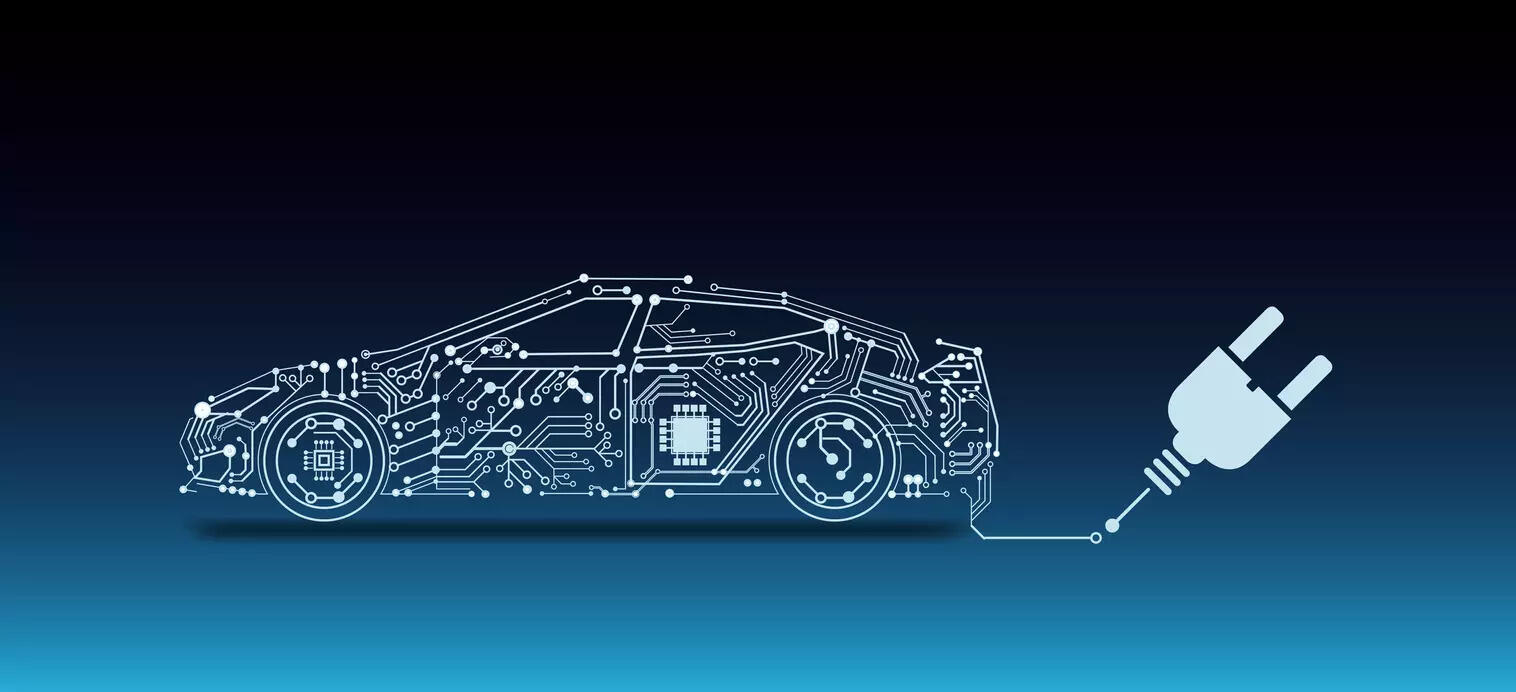
New Delhi: The transport sector accounted for 37 per cent of global carbon-di-oxide emissions. Of these, approximately three-fourths were from road transport, passenger, and freight. Therefore, initiatives for greening of the transport sector are laudable and welcome. In India, transport accounted for 14% of total emissions. Road transport contributes 90% of the total. Several studies by IRADe, TERI, ICCT etc., point to continuous increase in vehicle activity, particularly for mobility. Transport emissions are thus expected to increase to 1000 MT by 2030, i.e., four times 2010 level, as per the National Transport Development Policy Committee. Poor air quality is another dimension of the pollution problem.
What are the best strategies for India to move to sustainable transport? Is electric mobility the answer? How green are electric vehicles (EVs)?
EV sales have accelerated in the last few years, trebling from about 1.5 lakhs in FY19 to over 4.5 lakhs in FY22. Both, central and many state governments have encouraged EV adoption through subsidies, tax incentives and more. Are such policies and incentives justified?
A detailed Life Cycle Analysis study by the International Council for Clean Transportation Europe (ICCT 2021) compared different types of vehicles including EVs, Internal Combustion Engine (ICE), Hybrid Electric Vehicles (HEVs) and Fuel Cell Electric Vehicles. It concluded that based on current technology for manufacturing the vehicle and the battery, generation mix of the grid and end of life management, EVs had the lowest GHG footprint, globally and in India. The study estimates about 210g of carbon-di-oxide equivalent per kilometer over lifetime for a typical hatchback, based on 2021 data. The numbers for a typical sedan and SUV were 225g and 270g respectively.
The corresponding numbers for an EV were 15% lower for a gasoline sedan. The difference was even higher for hatchbacks (24%) and SUVs (37%). ICE vehicles using diesel blend were found to have 10%-20% higher footprint relative to a gasoline one.
The study estimated the GHG potential of EVs powered entirely by renewables to be at-least 80% lower relative to any ICE vehicle. RE powered EVs were also better relative to fuel cell-based vehicles. Therefore, as RE share increases, EVs will become progressively greener. EVs are thus the best bet to achieve significant GHG reduction, particularly considering the decarbonization already underway in the electricity sector. Expert agencies such as the US Environmental Protection Agency arrive at similar conclusions and provide detailed information on their site comparing the facts versus myths.
EVs offer additional benefits. First, they have zero tailgate emissions. This is significant given that cities are coping with poor and deteriorating air quality. Second, savings on imported fossil fuels provide fiscal space for social spending and lower the inflation trajectory. Last but not the least, EVs create new green jobs. Economic Survey 2023 estimates 50 million direct and indirect jobs by 2030.
Therefore, policies and programs to encourage and incentivize adoption of EVs are desirable and necessary to enable the net zero transition. There is a case to further enhance policy support for EVs, particularly for public transport such as e-buses and three wheelers.
Nevertheless, two concerns persist. First, availability of rare earth materials such as lithium, nickel, cobalt etc., critical for EVs and RE, creates external dependency. Second, management of end of life for batteries, solar panels, and wind turbines. These are genuine issues, but there is hope.
Recent discovery of large Lithium reserves in J&K is a definitive positive. However, several policy and market barriers will need to be addressed. Further, minimizing environmental damage and social responsibility will be key, given the sensitive ecology and political tensions in the region.
Second, recycling and management of lithium batteries is receiving global attention. US Department of Energy (DoE) established a recycling R&D Centre, in 2019 as a partnership with industry, academia and national laboratories to focus on battery recycling. There is also an increased interest in graduate students and start-ups to look for newer and innovative technologies. DoE also launched the $5.5 million Battery Recycling Prize to encourage entrepreneurship.
There is good news on the financial side as well. A recent auction for procurement of electric buses discovered prices 29% lower compared to diesel buses. Therefore, electric buses should be an integral component of urban infrastructure improvement, a priority highlighted by Prime Minister Modi and supported by increased budgetary allocation this year.
Further, cities need to prioritize public transport, particularly to achieve net-zero. Given their large carbon footprint, cities need to lead the Net Zero transition. Internalizing policies such as Sustainable Public Procurement will ensure that Life Cycle Analysis is part of the decision making. This in turn will enable expansion of public transport, improved infrastructure, and adoption of EVs. As evidenced, such an approach is not only environmentally friendly, but also light on the pocket.
Our research in five cities titled Sustainable Urban Networks for Dynamic and Resilient (SUNDAR) India revealed that the youth are keen for a change and willing to pay for improved infrastructure, including for EV charging. With an average age of 29, India is young and raring to go. EVs will fast forward their ambition to a greener future and SUNDAR India.
[This piece was written by Gaurav Bhatiani, Director, Energy and Environment, RTI India; Rakesh Kacker, former Secretary, Government of India, and Consultant, RTI India; and Saurabh Kumar, Head, GEAPP India]

